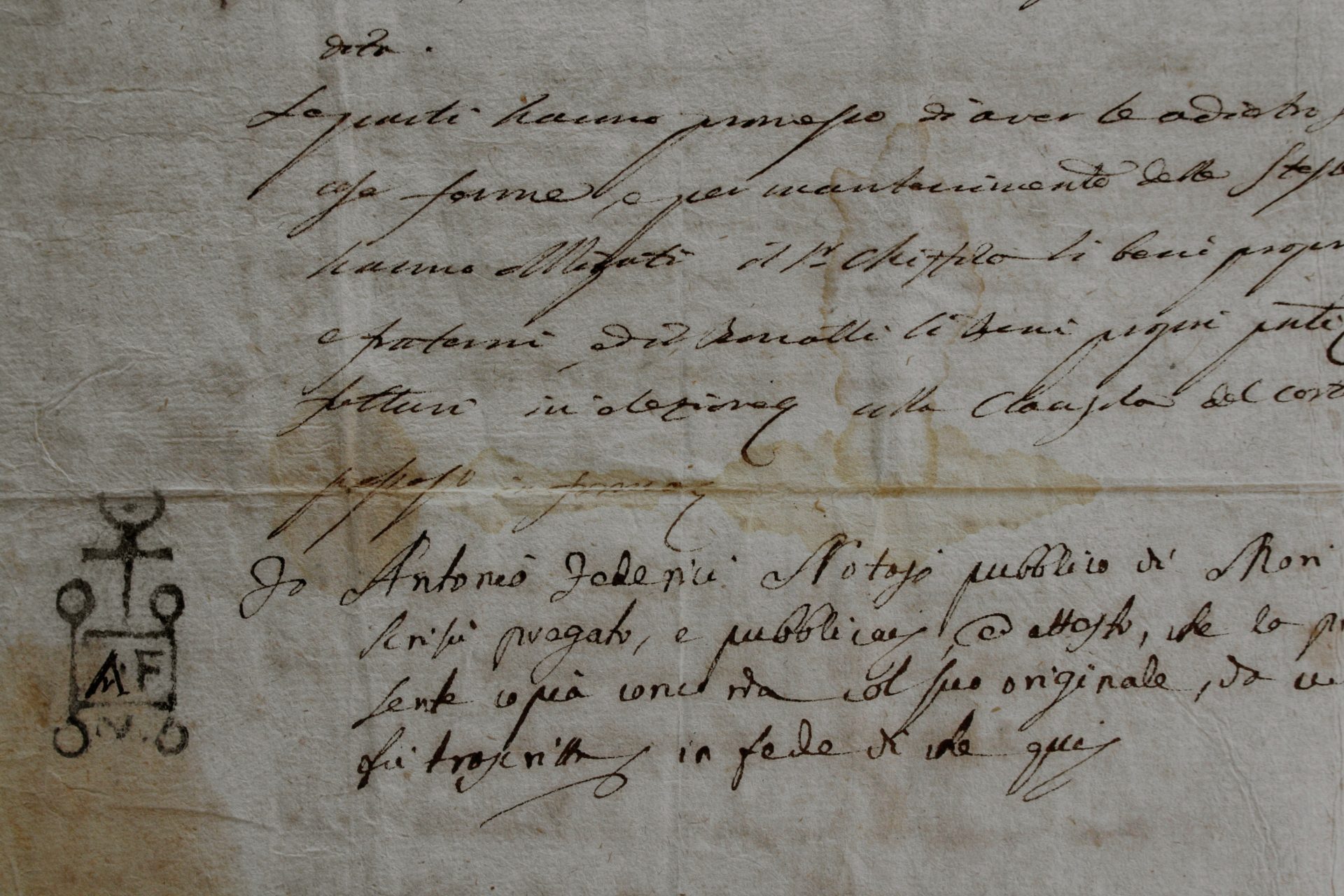

Art and Document Fraud
Forensics Analysis of Artwork and other Documents
The deliberate misrepresentation of artwork, the origins or content of historic manuscripts, or more modern documents and currency, can lead to major financial losses to individuals and organizations. Identification of fake or altered items and documents requires detailed forensic examination to peel back the layers of deceit. Bruker's range of analytical solutions provide forensic scientists, investigators, and art experts with the right tools to conduct detailed compositional characterization and detect fraud.
Pigment Classification Reveals Issues with Authenticity in Historic Ceramic Pieces
Fraud in the world of art has been with us for centuries, with fake paintings passed off as real, or paintings doctored to allow attribution to masters. Less attention is paid to art objects, which may be recent replicates, or the product of historic attempts to pass off fakes as genuine. The correct identification of genuine vs fake has significant financial implications for buyers and sellers alike, and the wrong conclusion lead to significant embarrassment to individuals and institutions.
A common approach to forensic investigation of artworks involves detailed compositional characterization of pigments. The types of pigments used, and even the compositional purity of the same pigment, have changed through time as sources of raw materials and technologies changed. Through extensive documentation understanding of these changes is well known, allowing accurate chemical analysis of pigments on paintings, ceramic objects and other pieces to be used with other identifying features to place these items into their correct historic context and determine their authenticity. Bruker's micro-XRF solutions provide one such method for rapid and robust elemental characterization of pigments and substrates to verify the authenticity of works of art.
Confirmation of the Authenticity of Documents and Signatures via FT-IR
In a handwritten document, liquid ballpoint pen inks penetrate the microfibers of the paper, so that the top of the microfibers of the paper is soaked with ballpoint pen ink. Depending on what was previously under the top layer of ink, the infrared spectrum changes and according to the degree of saturation, there can be distinct ink deviations.
In the adjacent picture you can clearly see that an 8 was made from an original 3. In the same way, completely different inks can be identified to e.g. verify the authenticity of antique documents. In general, FT-IR spectroscopy offers a non-destructive, clear chemical analysis on any kind of material, may it be organic or inorganic.
Forensic Analysis of Modern and Historic Inks
The chemical compositions of inks are a useful tools in the attribution of documents and subsequent identification of potential fraud. In historic manuscripts iron gall and other inks have specific compositions that may relate to time periods, or just differences in local manufacture. Similarly, modern inks used by printers or in pens show distinct chemical differences that can be linked to specific brands, and while colors may seem similar their chemical compositions can be used to detect if a document has been altered.
Bruker's M4 TORNADO enables rapid, non-destructive compositional mapping of documents to enable detailed characterization of inks, and in some cases the paper or parchment substrate. Historic iron gall inks may show distinct differences in Fe, but also other impurities such as Zn. Ball-point pen inks may show differences in Cu, Zn and S. The different elemental ratios of the individual inks, or the absence / presence of a specific ink in a manuscript or on a document, may provide valuable information on its genesis or hint to document frauds.
Determination of Pigments in an Ancient Painting by Raman Spectroscopy
The investigation of an potentially forged art objects includes the judgement of art historians about plausibility of style and craftsmanship as well as the analysis of used materials by forensic methods.
IR and Raman spectroscopy give insight into the range of chemical compounds that were used to create a certain piece or art and allow to compare these findings with the artistic materials that actually were available in the time of origin.
Raman microspectroscopy is extremely powerful to selectively identify individual colors in paintings, particularly inorganic pigments. Moreover, it is very attractive as the analysis can be performed contact-free directly on the sample.
Other Bruker solutions for art and document authentication
Portable XRF
Bruker's TITAN and CTX XRF solutions for elemental analysis from Mg to U of solids and liquids in a fully mobile format. Used for rapid for identification of materials, or for fully quantitative compositional analysis.
TXRF
The field transportable S2 PICOFOX and lab-based S4 T-STAR total reflection XRF spectrometers for elemental analysis of liquids and solids down to sub-ppb detection limits without the need for complex lab infrastructure.
FT-IR and Raman spectroscopy
We offer a selection of compact and powerful spectrometers for on-site and laboratory analysis, providing fast and reliable chemical analysis of evidence.
FT-IR and Raman microscopy
asd For micro chemical analysis we offer a comprehensive portfolio of Raman and Infrared microscopes that are perfectly suited to analyze smallest traces as well as brittle or sensitive evidence